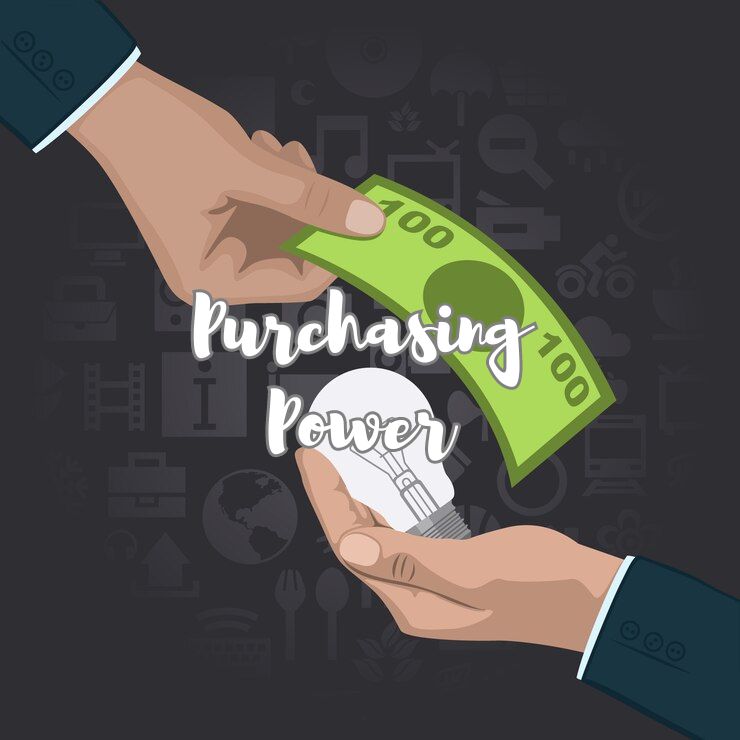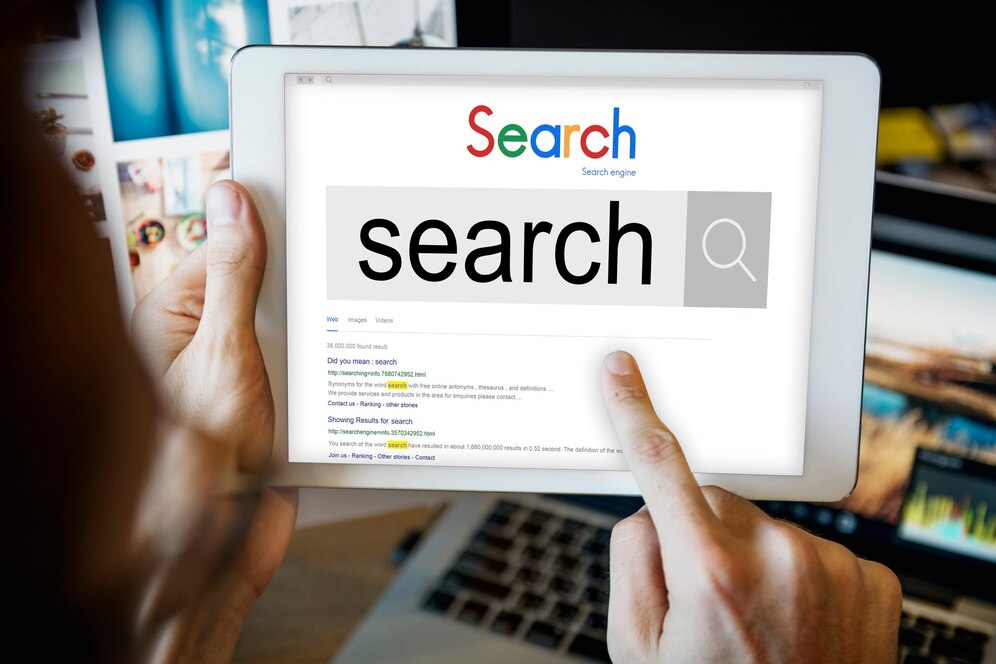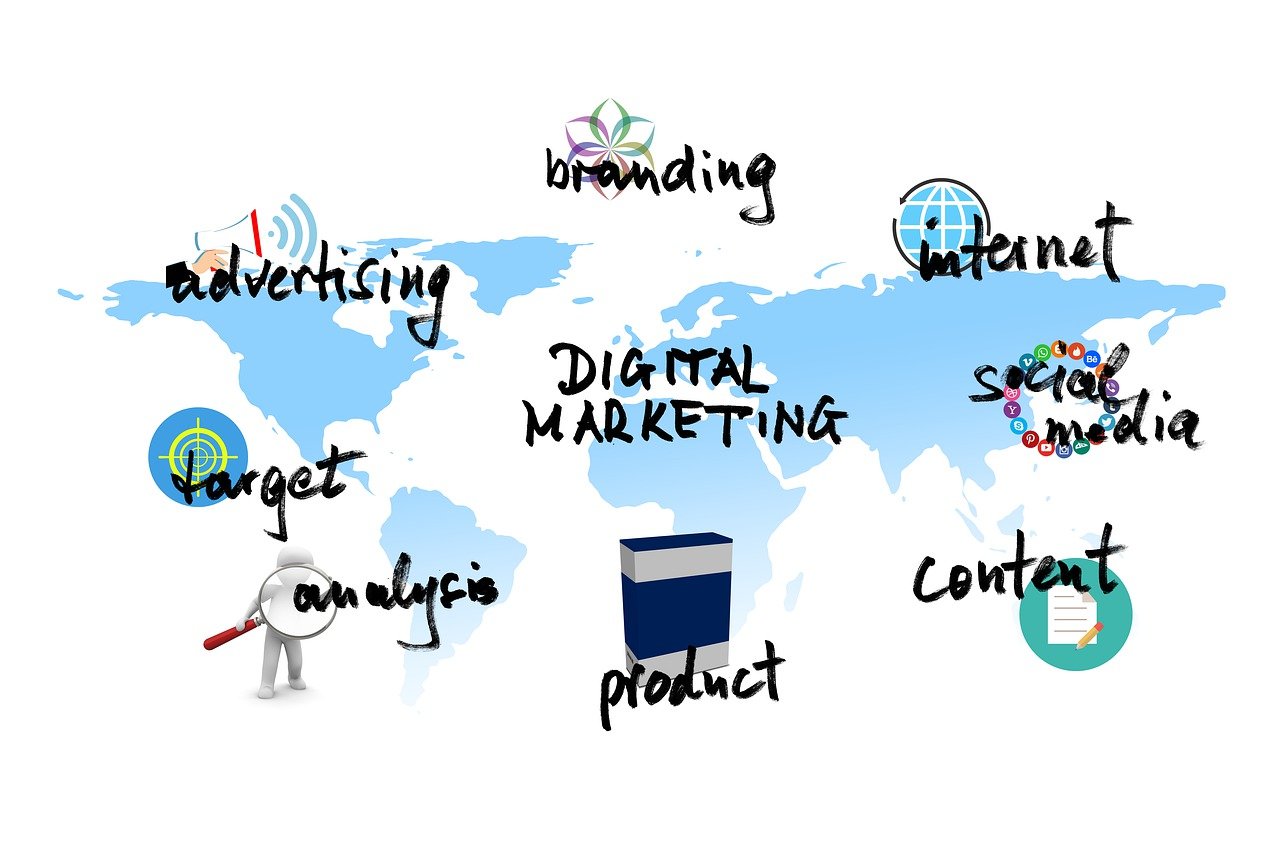What is Purchasing Power in Digital Marketing
Explore the dynamic concept of purchasing power in the digital marketing realm. Learn how businesses can leverage this knowledge to tailor strategies, engage their audience effectively, and drive sustainable growth. Dive into the world of consumer behavior online and discover the keys to crafting compelling offers and optimizing for relevant keywords.
Digital marketing has revolutionized the way businesses reach their audiences. One crucial concept that plays a pivotal role in the success of digital marketing efforts is Purchasing Power. In this article, we'll delve into what purchasing power means in the context of digital marketing and how businesses can harness its potential to drive success.
Defining Purchasing Power
Purchasing Power Basics
Purchasing power refers to the ability of consumers to buy goods and services based on their available resources. In digital marketing, understanding this concept becomes paramount as it directly influences consumer behavior online.
Factors Influencing Purchasing Power
Several factors contribute to an individual's purchasing power, including income, inflation, and personal financial situations. Online marketers need to analyze these factors to tailor their strategies effectively.
The Role of Purchasing Power in Digital Marketing
Targeting the Right Audience
Understanding the purchasing power of your target audience enables you to tailor your marketing efforts to resonate with their financial capacity. This involves creating campaigns and promotions that align with their budget and preferences.
Crafting Compelling Offers
Purchasing power directly influences how consumers respond to offers. Tailor your promotions to match the financial capabilities of your audience, ensuring they find value in what you're offering.
Adapting Pricing Strategies
Digital marketers must be agile in adapting pricing strategies based on shifts in purchasing power. Offering flexible pricing or discounts during economic downturns can attract and retain customers.
Measuring Purchasing Power
Analyzing Consumer Data
Utilize data analytics tools to understand the purchasing power of your audience. Track purchasing patterns, income levels, and economic indicators to refine your marketing strategies.
Social Media Insights
Social media platforms offer valuable insights into consumer behavior. Leverage these platforms to understand the sentiment and purchasing power of your audience, allowing for more targeted campaigns.
Challenges and Opportunities
Navigating Economic Fluctuations
Purchasing power is dynamic and can be influenced by economic shifts. Successful digital marketers anticipate these fluctuations and pivot their strategies accordingly, turning challenges into opportunities.
Building Brand Loyalty
Understanding and respecting the purchasing power of your audience fosters trust and loyalty. Consumers are more likely to remain loyal to a brand that aligns with their financial values.
Purchasing Power and SEO
Optimizing for Relevant Keywords
Tailor your SEO strategy to include keywords that resonate with the purchasing power of your audience. This ensures your content is discoverable by those actively searching for products within their budget.
Creating Value-Driven Content
Craft content that addresses the specific needs and preferences of your audience based on their purchasing power. This not only enhances your SEO but also establishes your brand as a trustworthy authority.
Conclusion
Understanding purchasing power is not just a strategy; it's a necessity in the ever-evolving landscape of digital marketing. By aligning your efforts with the financial capacities of your audience, you not only drive sales but also build lasting relationships.
Share This Post
Related Articles
How to Create Locally Optimized Keywords
Learn how to resonate with your local audience, dominate search results, and boost your online visibility. From mastering Google My Business to creating compelling location-specific content, discover the strategies that will elevate your local SEO game.
What is digital marketing?
Digital marketing is the use of online platforms and channels to promote a brand, product, or service. It involves creating and distributing content that attracts, engages, and converts potential customers. Digital marketing can include various strategies such as search engine optimization, social media marketing, email marketing, content marketing, video marketing, and more. Digital marketing can help businesses reach a wider audience, increase brand awareness, generate leads, and boost sales.
Best Digital Marketing Agency in Raipur, Chhattisgarh
PAGEFIST IS a leading digital marketing agency in Raipur, Chhattisgarh that offers innovative solutions for your online presence. Whether you need a website, a social media campaign, an SEO strategy, or a content marketing plan, PAGEFIST IS can help you achieve your goals and grow your business. PAGEFIST IS has a team of experts who are passionate about digital marketing and have the skills and experience to deliver results. Contact us today and let us show you how we can help you succeed online.
Healthcare in the Digital Age: Doctor's Guide to Marketing
Explore the comprehensive guide on healthcare marketing in the digital age for doctors. Learn how to boost your online presence, engage with patients, and grow your practice effectively. Discover the power of content marketing, telemedicine, and ethical considerations in the modern healthcare landscape.
What is SEO and why is it important for your business?
SEO stands for search engine optimization, which is the process of improving the quality and quantity of traffic to your website from organic search results. Organic search results are the ones that appear naturally on the search engine result pages (SERPs), without paying for advertising.
Related FAQ
No related FAQ.
Say Hello
To Your Dream





